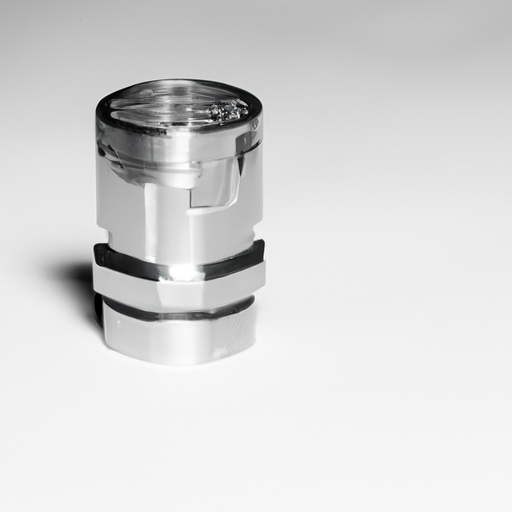Title: Exploring the Mainstream Rectangular Connector Product Line Parameters

In today's technologically advanced world, the demand for reliable and efficient electrical connectors is ever-increasing. One such type of connector that has gained immense popularity is the mainstream rectangular connector. These connectors are widely used in various industries, including automotive, aerospace, telecommunications, and consumer electronics. This article aims to delve into the key parameters that define the mainstream rectangular connector product line, highlighting their importance and impact on different applications.
1. Size and Form Factor:
The size and form factor of a rectangular connector play a crucial role in determining its compatibility with different devices and systems. These connectors are available in various sizes, ranging from miniature to large-scale connectors, catering to diverse application requirements. The form factor, such as the number of pins, pin spacing, and overall shape, is designed to ensure proper mating and alignment between connectors, ensuring reliable electrical connections.
2. Contact Density and Configuration:
Contact density refers to the number of contacts or pins within a given area of the connector. Higher contact density allows for more signals or power to be transmitted simultaneously, making it ideal for applications requiring multiple connections. The configuration of contacts can vary, including single-row, dual-row, or even multi-row arrangements, providing flexibility in terms of signal routing and power distribution.
3. Signal Integrity and Shielding:
Signal integrity is a critical parameter in high-speed data transmission applications, where maintaining the integrity of the signal is crucial. Mainstream rectangular connectors often incorporate features like impedance matching, controlled crosstalk, and shielding to minimize signal degradation and electromagnetic interference (EMI). These features ensure reliable data transmission, making them suitable for applications like high-speed data networks, computer peripherals, and telecommunications.
4. Environmental and Mechanical Durability:
Rectangular connectors are designed to withstand harsh environmental conditions, including temperature extremes, moisture, dust, and vibrations. The product line parameters include various levels of environmental sealing, such as IP ratings, to ensure protection against these elements. Mechanical durability is also a key consideration, as connectors must withstand repeated mating and unmating cycles without compromising their electrical performance.
5. Material Selection and Plating Options:
The choice of materials used in the construction of rectangular connectors greatly impacts their performance and reliability. Common materials include thermoplastics, thermosets, and metal alloys. The selection of materials depends on factors such as electrical conductivity, mechanical strength, and resistance to environmental factors. Plating options, such as gold, tin, or nickel, are applied to the connector contacts to enhance conductivity, prevent corrosion, and ensure long-term reliability.
6. Termination Methods:
Rectangular connectors offer various termination methods to accommodate different wiring and assembly requirements. These methods include soldering, crimping, insulation displacement, and wire wrapping. The choice of termination method depends on factors such as ease of assembly, reliability, and the specific application's electrical and mechanical requirements.
7. Standardization and Interoperability:
Standardization is crucial in the connector industry to ensure compatibility and interoperability between different manufacturers and systems. Mainstream rectangular connectors often adhere to industry standards such as MIL-DTL-38999, DIN 41612, or IEC 60603-2. Compliance with these standards allows for easy integration and interchangeability, reducing design complexity and facilitating efficient supply chain management.
Conclusion:
The mainstream rectangular connector product line encompasses a wide range of parameters that define their performance, reliability, and compatibility with various applications. From size and form factor to signal integrity and environmental durability, each parameter plays a vital role in meeting the diverse needs of different industries. By understanding these parameters, engineers and designers can make informed decisions when selecting the most suitable rectangular connector for their specific application, ensuring seamless connectivity and optimal performance.